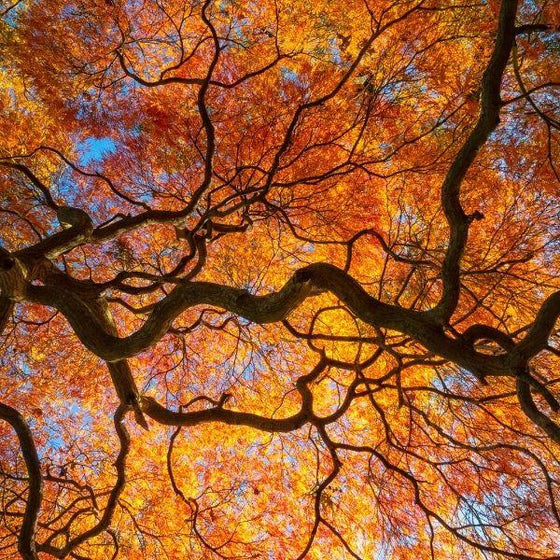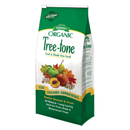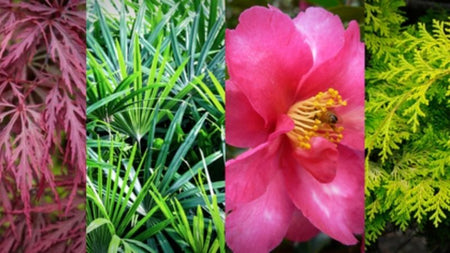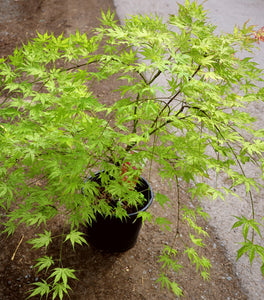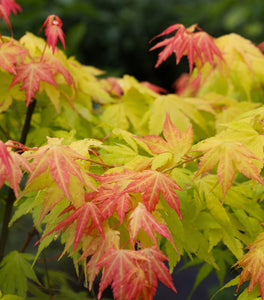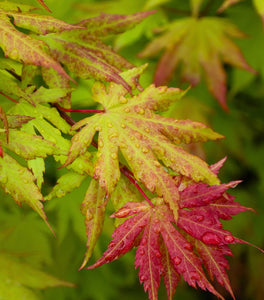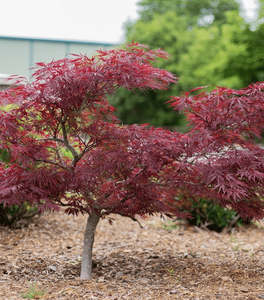
Images Depict Mature Plants
Orangeola Japanese Maple
Orangeola Japanese Maple (Acer palmatum ‘Orangeola’) is a breathtaking weeping laceleaf maple known for its vivid color transitions and elegant cascading form. In spring, the finely dissected leaves emerge a brilliant orange-red, creating a fiery display that gradually softens to rich green during the summer. As autumn approaches, Orangeola puts on a second spectacular show, with its foliage transforming into vibrant shades of orange, red, and bronze. Reaching about 6 to 8 feet tall and 4 to 6 feet wide at maturity, this compact, slow-growing variety is perfect for adding stunning color and graceful texture to smaller gardens, patios, and landscape focal points.
Thriving best in partial sun to partial shade, Orangeola Japanese Maple prefers rich, well-drained soil with a slightly acidic pH to support its brilliant color and health. Its naturally weeping habit makes it ideal for water gardens, Asian-inspired landscapes, or cascading over stone walls and terraces. The delicate, lace-like leaves and flowing branches add an artistic, almost sculptural quality to the garden year-round. With its exceptional heat tolerance compared to other laceleaf maples, Orangeola performs reliably in both cooler and moderately warm climates, making it a versatile addition to many landscape designs.
Whether planted as a centerpiece in a courtyard, featured beside a pond, or used to accent a shaded garden path, Orangeola Japanese Maple delivers year-round beauty and dynamic seasonal interest. Its manageable size, breathtaking color changes, and graceful weeping habit make it a standout choice for gardeners seeking a show-stopping ornamental tree. Easy to maintain with occasional pruning and regular watering, Orangeola is a must-have variety for anyone looking to create a serene and stunning outdoor space filled with timeless elegance.
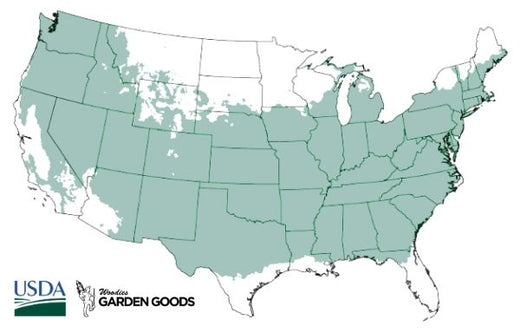
| Hardiness Zone: | 5-8 |
|---|---|
| Mature Height: | 6 to 8 feet |
| Mature Width: | 4 to 6 feet |
| Classification: | Small tree |
| Sunlight: | Part to full sun |
| Habit: | Deciduous, densely branched |
| Flower Color: | Insignificant |
| Foliage: | Red-orange to green and then a brilliant shade of orange-red in the fall |
| Soil Condition: | Any well drained soil |
| Water Requirements: | Water well until established |
| Uses: | Extremely attractive when used as a focal point or a specimen planting, very slow growing |
How to Care for Orangeola Japanese Maple
Before you buy a Orangeola Japanese Maple Tree, make sure to read about the care instructions that are recommended to keep this plant healthy and thriving.
How Should I Plant My Orangeola Japanese Maple Tree?
To plant your Orangeola Japanese Maple tree successfully, choose a location with partial sun to partial shade, ideally providing morning sun and protection from harsh afternoon rays. This light exposure helps maintain the tree’s vibrant foliage colors while protecting its delicate, lace-like leaves from sun scorch. Dig a hole twice as wide and as deep as the tree’s root ball, ensuring that the crown of the tree sits slightly above ground level to promote good drainage. Gently loosen the roots if they are circling the pot, place the tree into the hole, and backfill with a mix of native soil and compost to enrich the planting area. Water thoroughly after planting to settle the soil around the roots. Once planted, apply a 2- to 3-inch layer of organic mulch around the base of your Orangeola Japanese Maple to conserve moisture, regulate soil temperature, and suppress weeds, keeping the mulch a few inches away from the trunk to prevent rot. During the first growing season, water regularly to maintain consistent soil moisture, especially during dry spells. With proper site selection and planting care, your Orangeola Japanese Maple will establish quickly, rewarding you with a breathtaking display of cascading branches and vibrant, season-changing foliage that brings elegance and drama to patios, gardens, and landscape focal points.
How Should I Water My Orangeola Japanese Maple Tree?
Watering your Orangeola Japanese Maple correctly is crucial for maintaining its graceful weeping form and vibrant, lace-like foliage. During the first growing season, water deeply two to three times per week to keep the soil consistently moist but not soggy. Deep watering encourages strong root development and helps the tree establish a healthy, stable base. Using a soaker hose or drip irrigation system is ideal, as it delivers slow, steady moisture directly to the root zone without splashing water on the delicate leaves, which can help prevent fungal diseases. Once established, your Orangeola Japanese Maple will be moderately drought-tolerant but will still benefit from consistent watering during hot or dry periods, especially in summer. Always check the top few inches of soil, and water when it feels dry to the touch. Applying a 2–3 inch layer of organic mulch around the base helps retain soil moisture, regulate root temperature, and reduce watering frequency. Proper watering not only preserves the tree’s stunning cascading form and seasonal color changes but also ensures it remains a healthy and long-lasting focal point in any garden or landscape.
How Should I Fertilize My Orangeola Japanese Maple Tree?
Fertilizing your Orangeola Japanese Maple properly supports its vibrant foliage colors, graceful growth habit, and overall tree health. In early spring, just as new leaves begin to emerge, apply a balanced, slow-release fertilizer such as a 10-10-10 formula or a fertilizer specifically designed for Japanese maples. Spread the fertilizer evenly around the drip line of the tree, taking care to keep it several inches away from the trunk to avoid burning the roots. Water thoroughly after fertilizing to help the nutrients soak into the soil and reach the root system effectively. For continued vigor, you can also lightly fertilize Orangeola Japanese Maple again in mid-summer, particularly if it’s grown in a container or nutrient-poor soil. Organic options like composted mulch or well-aged manure are also excellent choices, helping to maintain a slightly acidic soil pH that Japanese maples prefer. Avoid high-nitrogen fertilizers, which can promote overly fast, weak growth at the expense of the tree’s fine structure and brilliant color. With a careful, moderate fertilization schedule, your Orangeola Japanese Maple will thrive, delivering cascading elegance and dynamic seasonal beauty year after year in your landscape.

How and When Should I Prune My Orangeola Japanese Maple Tree?
Pruning your Orangeola Japanese Maple should be done thoughtfully to maintain its natural cascading form and promote healthy, vibrant growth. The best time to prune is in late winter to early spring before the new leaves emerge, but after the danger of severe frost has passed. Begin by removing any dead, damaged, or crossing branches using clean, sharp pruning shears. Focus on thinning out crowded areas to improve air circulation and allow more sunlight to penetrate, which helps prevent fungal diseases. Always make precise cuts just above a bud or branch junction to encourage healthy regrowth without disrupting the tree’s natural, flowing structure. Light touch-up pruning can also be done in early summer after the leaves have fully expanded, allowing you to better assess the tree’s shape and make fine adjustments. Avoid heavy pruning late in the season, as this can stimulate tender new growth that may not harden off before winter. When pruning your Orangeola Japanese Maple, the goal is to enhance its elegant, weeping form without altering its inherent grace. With careful, minimal pruning, your tree will continue to showcase its stunning laceleaf foliage and dramatic, cascading silhouette, making it a breathtaking centerpiece in gardens, patios, and serene landscape designs.

